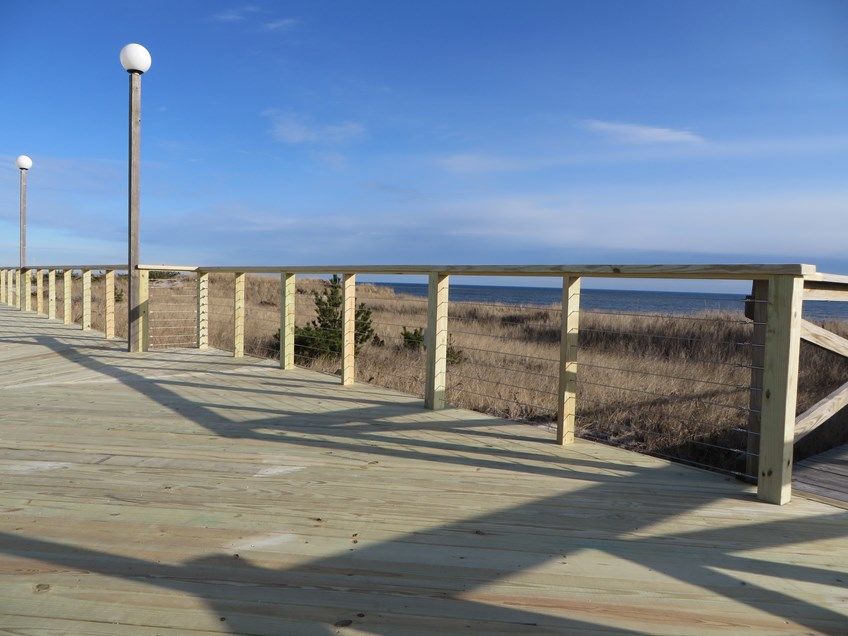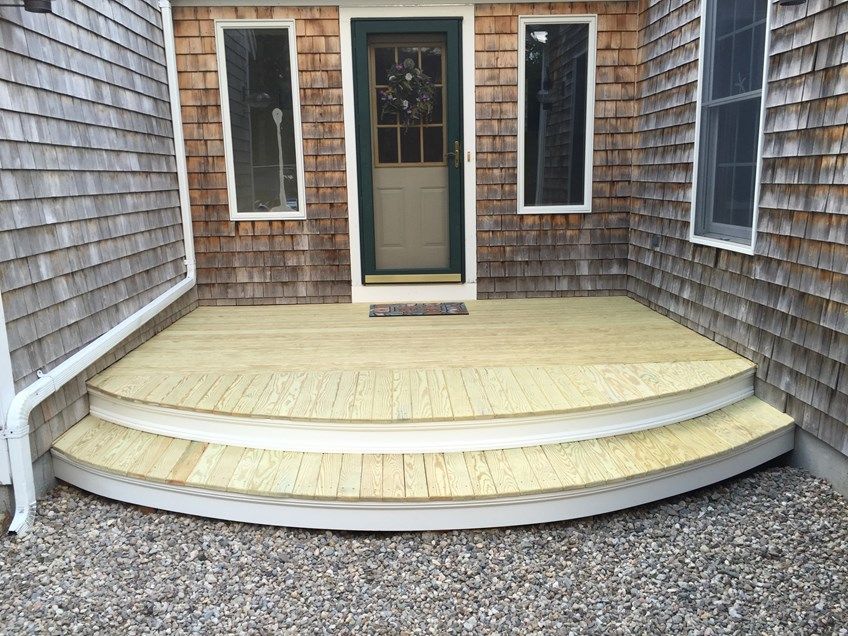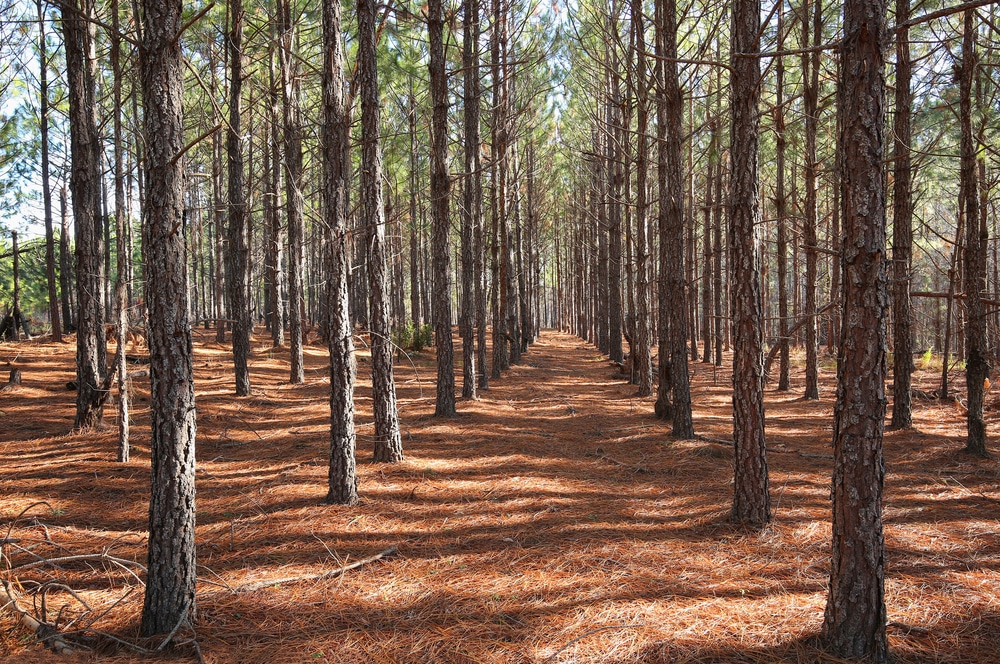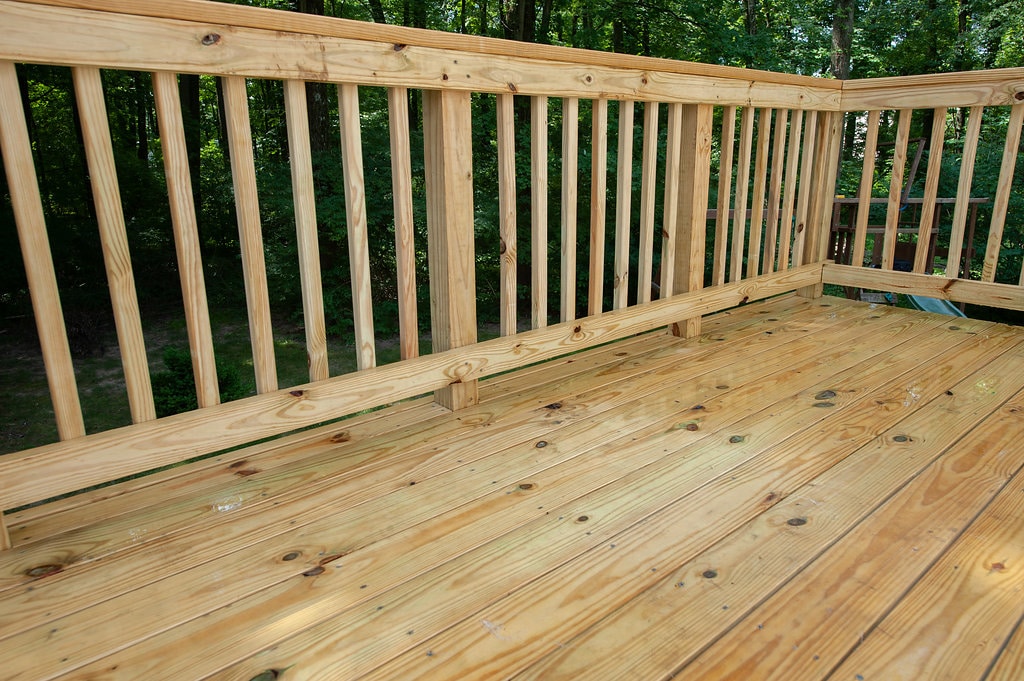Is There Really a Comparison?
If you were born before 1990, chances are you’ve internalized the idea that wood should be spared whenever possible. Thank the now-extinct supermarket choice between “paper and plastic” for muddling the conversation, because in reality, it’s a straightforward comparison.
From manufacturing to eventual disposal, lumber like Southern Yellow Pine beats composite and man-made materials for sustainability every time. Here’s why.
Carbon Footprint
The top of any conscious consumer’s checklist these days is the carbon footprint. On that front, Southern Yellow Pine and other wood products come out far ahead.
The reason is simple: Plants are mostly carbon, especially woody plants. While trees are known for effectively scrubbing carbon from the air when they’re alive, the wood continues storing carbon even once it’s cut and turned into lumber.
This happens because most of the carbon that a tree absorbs during its lifetime is converted into the cells making up the wood. Indeed, lumber is the material of choice for environmentalists for that exact reason.
You may have heard composite manufacturers making claims about net sustainability, but all that “sustainability” comes from the percentage of wood in the product. This is a good clue since it means the wood is so carbon negative that it can even turn an otherwise petroleum-based product into a net carbon storage material!
Manufacturing and Lifetime Sustainability
Southern Yellow Pine is more sustainable at every stage of its life, from growth to cutting, conversion to lumber, and even disposal.
In contrast, composite materials begin relying on the fossil fuel supply chain immediately. Even worse, composite materials are completely non-recyclable. This is because composite consists of a thoroughly mixed combination of plastics, harsh chemicals and wood, but only the wood is recyclable.
Since there’s no way to effectively remove the tiny particles of wood from the plastic, you’re forced to send it all straight to the landfill, where it will leach chemicals for thousands of years.
Composite vs. Southern Yellow Pine Utility
Composite materials are only used for top-side and external cladding. Support structures still require lumber, and you’ll still need to perform regular maintenance and cleaning on composite material.
Additionally, composite products are purpose-made for a single use, while lumber can be used for an endless variety of purposes, and can even be recycled or re-purposed if you change your mind later.
Whatever the metric, the result is clear: Southern Yellow Pine is more sustainable and environmentally friendly than composite, period.
(Images via Wood. It’s Real., via Decks.com linked with permission)








